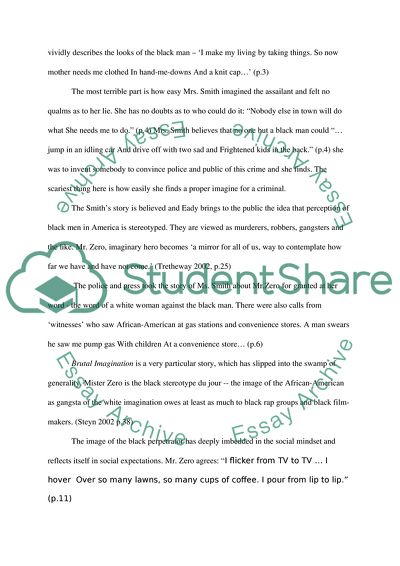Cite this document
(The Threat of Black Masculinity in Brutal Imagination by Cornelius Ead Book Report/Review - 1, n.d.)
The Threat of Black Masculinity in Brutal Imagination by Cornelius Ead Book Report/Review - 1. Retrieved from https://studentshare.org/gender-sexual-studies/1710059-black-power
The Threat of Black Masculinity in Brutal Imagination by Cornelius Ead Book Report/Review - 1. Retrieved from https://studentshare.org/gender-sexual-studies/1710059-black-power
(The Threat of Black Masculinity in Brutal Imagination by Cornelius Ead Book Report/Review - 1)
The Threat of Black Masculinity in Brutal Imagination by Cornelius Ead Book Report/Review - 1. https://studentshare.org/gender-sexual-studies/1710059-black-power.
The Threat of Black Masculinity in Brutal Imagination by Cornelius Ead Book Report/Review - 1. https://studentshare.org/gender-sexual-studies/1710059-black-power.
“The Threat of Black Masculinity in Brutal Imagination by Cornelius Ead Book Report/Review - 1”, n.d. https://studentshare.org/gender-sexual-studies/1710059-black-power.


